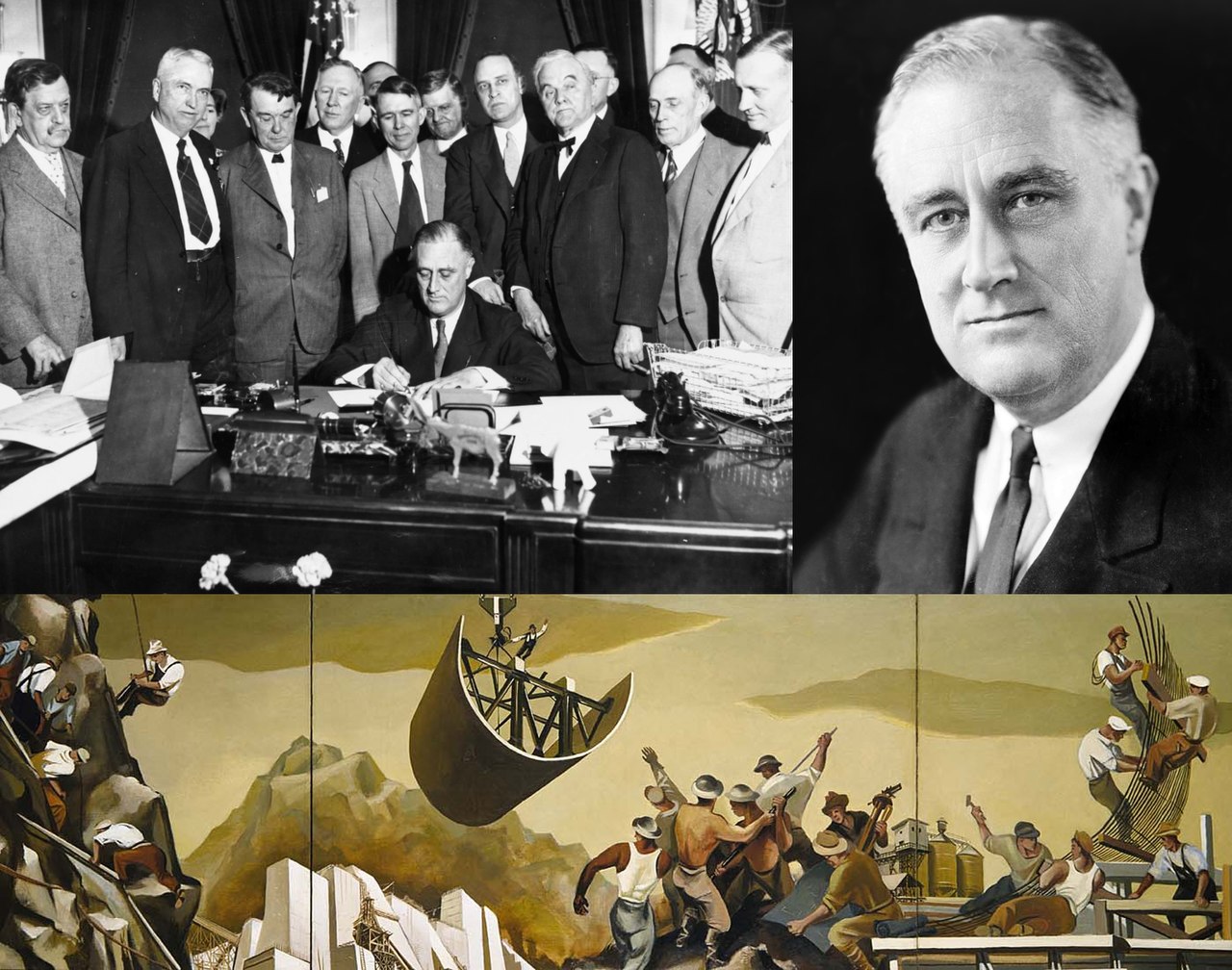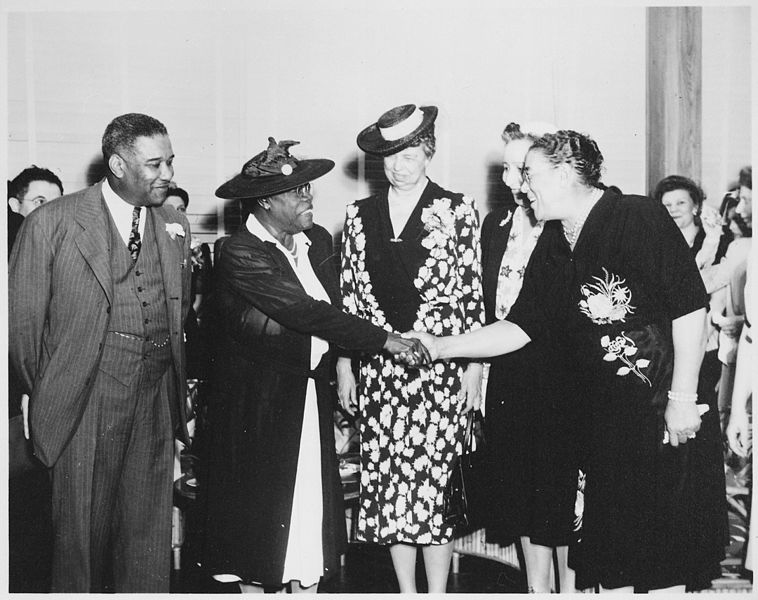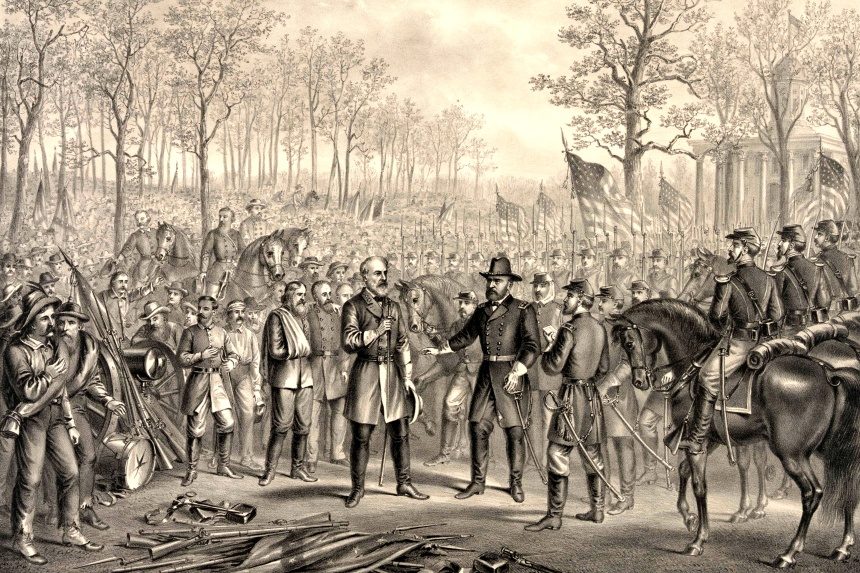This series by American studies professor Ben Railton explores the connections between America’s past and present.
On April 9th, 1865, just under four years after the Civil War’s opening salvo at Fort Sumter, Confederate General Robert E. Lee surrendered to Union General Ulysses S. Grant at Virginia’s Appomattox Court House, formally ending that divisive and destructive national conflict (although some Confederates refused to surrender for months thereafter). The attempt by 11 Southern states and a few Western territories to create a distinct nation organized around founding principles of slavery and white supremacy, the Confederate States of America (CSA), had failed, and the United States was reconstituted as a unified nation once more.
Yet over the next half-century, as I’ve written about for this column and elsewhere, a neo-Confederate perspective on American history and identity came to dominate the national landscape. A vital new book, historian Heather Cox Richardson’s How the South Won the Civil War: Oligarchy, Democracy, and the Continuing Fight for the Soul of America, links that trend to the development of and battles over the post-Civil War American West. But by the early 20th century a neo-Confederate, white supremacist narrative likewise dominated national politics and policy, as another of this week’s historical anniversaries can help us remember.
On April 8th, 1935, President Franklin D. Roosevelt introduced the Emergency Relief Appropriation Act, a request to Congress for $4.88 billion to create and support a number of public works programs within the overarching frame of the era’s evolving New Deal responses to the Great Depression. Although the Act’s targeted unemployment relief was controversial and much of it was eventually never allocated, the Act did lead directly to the creation of many of the New Deal’s most famous and successful public works programs, including the Works Progress Administration (WPA) and its subsidiaries such as the Federal Art Project and the Federal Theatre Project, the National Youth Administration, and the Rural Electrification Administration.

Yet the New Deal’s programs, like the Roosevelt Administration overall, consistently gave in to the demands of Southern white supremacists and discriminated against African Americans (and other Americans of color) in a number of distinct yet interconnected ways. Many of those Southern white supremacists were Democratic Congressmen whose votes Roosevelt was courting to secure passage of the New Deal, a political reality for the Democratic Party in this early 20th century period (before the party realignment of the 1950s and ’60s). Yet the very fact that Roosevelt needed those Southern Congressmen’s votes reflects the political and social power of this white supremacist community in 1930s America. And the various forms taken by these New Deal racial discriminations illustrate the destructive effects of white supremacy on millions of Americans.
The most overt such discriminations were the ways in which numerous New Deal programs were crafted to either exclude entirely or limit the opportunities of African Americans. The Federal Housing Authority (FHA) excluded the African-American community overtly, refusing to guarantee mortgages for many African Americans seeking to buy homes; the Social Security Act (SSA) did so more indirectly but just as potently, excluding agricultural and domestic workers (two categories in which the majority of African Americans and many other Americans of color worked) from its protections. Other programs discriminated by creating segregated and unequal structures that mirrored Jim Crow systems: the National Recovery Administration (NRA) offered white Americans the first opportunity at its jobs, and paid African American workers substantially less; the Civilian Conservation Corps (CCC) maintained segregated and significantly less well-maintained camps for African Americans.
The exclusion of agricultural workers from the SSA was paralleled and extended by another, perhaps unintended but still hugely destructive form of discrimination, one exemplified by the Agricultural Adjustment Administration (AAA). As created by the 1933 Agricultural Adjustment Act, the AAA offered farmers subsidies in exchange for limiting their production, a policy intended to limit overproduction and help raise prices. But since many African-American farmers worked as sharecroppers, a system that developed alongside the re-emergence of Southern white supremacy in the late 19th century (part of what historian Douglas Blackmon has called “slavery by another name”), it was their white landlords who received the subsidies, and the farmers who were unable to produce and earn from their crops. The AAA thus pushed more than 100,000 African-American farmers off their land in 1933 and 1934 alone.

Beyond the New Deal’s programs and policies, the Roosevelt Administration likewise appeased white supremacists through its inaction on and even opposition to anti-discrimination laws in the period. The most prominent and ironic example was President Roosevelt’s opposition to an anti-lynching bill on which his wife Eleanor Roosevelt had collaborated with NAACP President Walter White and Congressional allies. Roosevelt told the pair in a private meeting that he could not publicly support the bill, arguing about the Southern white supremacists: “If I come out for the anti-lynching bill now, they will block every bill I ask Congress to pass the keep America from collapsing. I just can’t take the risk.” When the bill, known as the Costigan-Wagner Act, nonetheless came before Congress in February 1935, those Southern politicians threatened a lengthy filibuster, and the president remained silent; the bill died without a vote, and no federal anti-lynching legislation would ever be passed (until earlier this year, in a largely symbolic gesture).

The combined effect of all these discriminations and exclusions was that African Americans not only continued to occupy a significantly segregated and disadvantaged position in American society, but also did not receive the same benefits and opportunities from these vital programs as their peers — not during the depths of the Depression, and not over the decades since when many of those programs have continued to aid American communities. In his groundbreaking 2014 essay “The Case for Reparations,” journalist and public scholar Ta-Nehisi Coates argues that these discriminations (he particularly focuses on housing inequities such as those perpetrated by the Federal Housing Authority) have cost African-American individuals, families, and communities tens of millions of dollars across the 20th century and into the 21st, yet another profound and painful effect to the white supremacist perspective’s powerful hold on American politics and society.
Featured image: An artist’s rendering of the surrender of Confederate General Robert E. Lee to Union General Ulysses S. Grant at Appomattox Court House on April 9, 1865. (Library of Congress)
Become a Saturday Evening Post member and enjoy unlimited access. Subscribe now




Comments
Thanks for the continued comments and thoughts. For a particularly compelling argument about discrimination as fundamentally anti-Christian, I recommend William Apess’s “An Indian’s Looking-Glass for the White Man”:
http://coursesite.uhcl.edu/HSH/Whitec/texts/Amerind/apesslkggls.htm
I write at length about the presence of both exclusion and inclusion in founding documents like the Declaration and Constitution, and across American history, in my book We the People:
https://rowman.com/ISBN/9781538128541/We-the-People-The-500-Year-Battle-Over-Who-Is-American
Finally, for those folks looking for sources on the motivations behind the Confederacy (about which the Confederates were painfully clear), you can start with the secession statements:
https://www.battlefields.org/learn/primary-sources/declaration-causes-seceding-states
Or you could go to VP of the Confederacy Alexander Stephens’s March 1861 “Cornerstone” speech, in which he argued that the Confederacy’s “foundations are laid, its cornerstone rests upon the great truth, that the negro is not equal to the white man; that slavery—subordination to the superior race—is his natural and normal condition. This, our new government, is the first, in the history of the world, based upon this great physical, philosophical, and moral truth.”
https://teachingamericanhistory.org/library/document/cornerstone-speech/
Thanks,
Ben
Not caring for all races and genders is hypocrisy when reviewing the Constitution of the United States when equal treatment and equal opportunity, and the ability to achieve prosperity are structural foundations of the document. Words however, have differed from the actions of some numbers of individuals throughout our history. It is good that not all of the people follow the concepts of hate and biogrity. There is always hope.
A book by Dr. Wayne Dwyer–“Your Inner Sacred Self” has an insightful concept which says, that if you question your superiority or your inferiority; then you are questioning the power of God, for God is equally in all human beings. Race? Skin Color?–depict the inaccurate description of discrimination. People of all races will position superiority amongst themselves with jobs, positions. or stature. It is about superiority. Amusingly, dig up bodies of all races 20 years after their deaths, and you will not see skin color. The color is gone. A story told many times in religious communities was that a favorite Angel named “Lucifer” was kicked out of heaven because he felt “superior” to God. Visit the Peace Gardens in North Dakota, or the Butchart Gardens in Vancouver, B.C.. You will experience every color which is the creation of God. No color is less beautiful or more beautiful..Superiority is Demonic.
‘NEO’Confederate is the Most Ridiculous term He could have used. NO Slave had been freed by ANY of Lincoln’s Invaders Until 2 years Into the WAR So HOW could the Confederacy been “The attempt by 11 Southern states and a few Western territories to create a distinct nation organized around founding principles of slavery and white supremacy, the Confederate States of America (CSA)”. It was in NO WAY. for ANY Of that. I LOVE how Some one can just ‘Fabricate’ANYTHING they want to to Castigate a Part of Our History they Just DON’T ‘GET’. Lincoln Was in NO WAY agreeable to ending slavery He was one of the Biggest ‘White supremacists’ Alive then. And he only set slaves free when his Losses at Antietam were so horrendous he came up with the Scheme to ‘shore up’ the Union armies Losses with ‘slaves’ he Freed. the South was fighting to ‘Establish their OWN Nation ‘free’ from Federal ‘Usurption…Much like we are going through NOW white Supremacy had Nothing to do with it. Just like Our founding Fathers did. They Owned Slaves too. Quite Spreading ‘B.S’!
Thanks again, Bob. I never would think you were insensitive, but I appreciate the continued conversation as always!
Ben
Thanks Ben. I’d been avoiding the news the last few days because I needed a break from it. I watched the national news last night (6:30 pm, p.s.t.) not long after I wrote my comments. There was a segment on how African-Americans are being particularly hard by this virus, especially in the South.
I even thought then that my first sentence in the 2nd paragraph was inaccurate and insensitive. It was inaccurate as so many blacks don’t have the same access to health care and more that is so critical, not just now, but anytime regardless. I didn’t mean at all to be insensitive, but can see how it could look that way, and wished to clarify here. I simply wasn’t aware (yet) of this horrid aspect of the virus, and tragically realize race definitely does matter. It shouldn’t, it’s REALLY wrong that it does, but it does. I can only hope when this pandemic is over, eradication of this problem will be one of the good things that came out of it. It’s a start, and would be a significant one.
I hear you, Bob, but would add this: racial disparities and inequalities do still matter a good deal, even in this moment that is so fraught for all of us:
https://www.propublica.org/article/early-data-shows-african-americans-have-contracted-and-died-of-coronavirus-at-an-alarming-rate?utm_content=buffera8f2b&utm_medium=social&utm_source=twitter&utm_campaign=ProPublica+Main+
And I think that current situation is impossible to separate from these histories of white supremacy. One more layer to this longstanding and unfolding American story.
Thanks,
Ben
What a terrible dilemma FDR faced in the mid-1930’s with the economy still in ruin, and then not being able to sign the anti-lynching bill as presented for fear of other bills being shot down in prevention of the U.S. collapsing. Symbolic or not, it is rather shocking it took until early 2020 (which itself seems like a LONG time ago) for the legislation to be signed.
Black, white, whatever race you are, it doesn’t matter very much now with the current terrifying, horrific situation. Things have been cooperative and calmer than normal during this pandemic so far in the U.S. I have this looming sense of dread of what’s going to happen in the near future, Professor Railton. This isn’t going to be sustainable for much longer; especially with the promised $1200.00 stimulus checks being postponed until September if you don’t have direct deposit??!